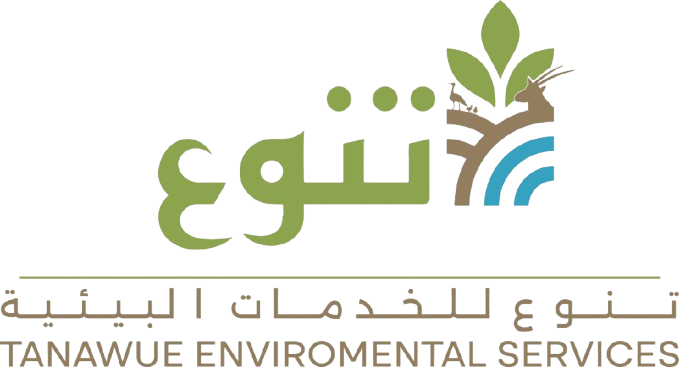Husbandry & Welfare
.
At TanawuEnviro, our Husbandry & Welfare practices are foundational to ensuring the health and well-being of wildlife under our care. These practices encompass a range of activities designed to promote the physical and psychological welfare of animals, ensuring they thrive in captivity while preparing for potential reintroduction to their natural habitats.
Importance of Husbandry & Welfare
Effective husbandry and welfare practices are crucial for several reasons:
- Health and Longevity: Proper care ensures that animals maintain optimal health and live longer lives, contributing to successful breeding and conservation efforts.
- Behavioral Well-Being: Meeting the psychological needs of wildlife through enrichment and naturalistic environments reduces stress and promotes natural behaviors, enhancing overall well-being.
- Conservation Impact: Healthy and well-cared-for animals are vital for breeding programs, rehabilitation, and eventual reintroduction efforts, directly contributing to species conservation.
Husbandry & Welfare Services
1. Sound Nutrition Program
A tailored nutrition plan that ensures each species receives the appropriate diet to support optimal health, growth, and reproduction. Our programs are designed with input from nutritionists and veterinarians to meet specific dietary requirements.
2. Shelter
Providing secure and comfortable living spaces that mimic natural habitats, ensuring animals feel safe and can exhibit natural behaviors. Our shelters are designed with the specific needs of each species in mind.
3. Protection
Implementing measures to safeguard animals from harm, whether from human interaction, environmental hazards, or potential threats within the facility. Protection protocols ensure the safety and security of wildlife.
4. Population Monitoring
Regular assessment of animal populations to track health, breeding success, and overall welfare. This includes monitoring behavioral patterns and conducting health evaluations to inform management strategies.
5. Habitat Enrichment
Providing a stimulating environment through physical and social enrichment activities that promote natural behaviors. This includes the introduction of natural elements, toys, and interactive activities to keep animals engaged.
6. Welfare
Ensuring that all aspects of animal care adhere to the highest welfare standards. This encompasses regular health assessments, psychological well-being, and overall quality of life for the animals.
7. Hygiene
Implementing rigorous hygiene protocols to maintain clean living environments and prevent disease transmission. This includes regular cleaning and disinfection of enclosures and facilities.
8. Logistics Design, Fabrication & Maintenance
Creating and maintaining specialized tools and equipment for the safe handling, transport, and care of wildlife. This includes designing custom solutions tailored to the specific needs of our operations.
9. Database Management
Utilizing advanced data management systems to track and analyze animal health, breeding, and welfare records. This ensures efficient operations and informed decision-making for wildlife management strategies.
